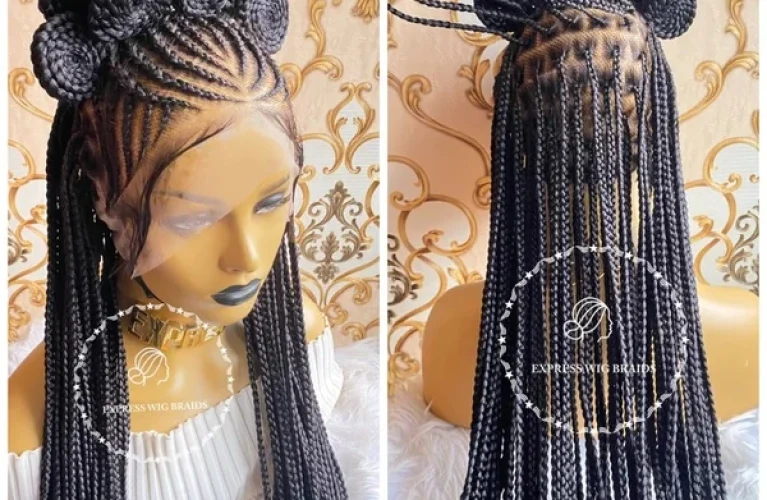When it comes to purchasing a diamond, whether it’s for a proposal, an anniversary, or a personal investment, making the right choice can feel overwhelming. That’s why understanding both the diamond buying guide and diamond quality guide is essential. Diamonds are not just sparkling gems—they’re symbols of love, legacy, and luxury. This blog will provide a comprehensive breakdown to help you make an informed and confident decision.

Why a Diamond Buying Guide Matters
Buying a diamond is not an everyday purchase. It’s a decision that blends emotion with significant financial value. A reliable diamond buying guide helps decode the complexities of diamond characteristics, pricing, and authenticity. It empowers buyers to go beyond the surface beauty and dig into the value, quality, and long-term satisfaction of their purchase.
Whether you’re selecting a classic round solitaire or a radiant princess cut, following a well-structured diamond buying guide ensures you’re not just buying beauty—but also brilliance, integrity, and worth.
Understanding the 4Cs – The Core of Every Diamond Quality Guide
The universally accepted diamond quality guide begins with the 4Cs: Cut, Clarity, Color, and Carat weight. Each of these elements plays a vital role in the diamond’s appearance and value.
1. Cut
The cut of a diamond influences how brilliantly it reflects light. It’s not just about shape—it’s about proportions, symmetry, and polish. A well-cut diamond will outshine a poorly cut one, even if the latter has better clarity or color.
2. Clarity
Clarity refers to the absence of inclusions or blemishes. Diamonds are graded from Flawless (no imperfections) to Included (visible flaws). While flawless diamonds are rare and expensive, many inclusions are microscopic and don’t impact the stone’s beauty to the naked eye.
3. Color
Diamonds are graded on a scale from D (colorless) to Z (light yellow or brown). A colorless diamond is prized for its icy brilliance, but slightly lower color grades can still be beautiful—especially when mounted in yellow or rose gold.
4. Carat Weight
Carat refers to the weight of the diamond, not its size. A heavier diamond can be more valuable, but two diamonds of the same carat can differ in value depending on the other Cs. Balancing all four Cs is key to finding your perfect gem.
Shopping Tips from a Trusted Diamond Buying Guide
When following a diamond buying guide, it’s important to do more than just memorize grading charts. Consider the following practical steps to make the best purchase:
Know Your Budget
Diamonds come in a wide range of prices. Define your budget early so you can make the most of your investment. Prioritize quality features that matter most to you and consider trade-offs, such as opting for a slightly lower carat to improve cut quality.
Choose a Reputable Jeweler
Whether you’re buying in-store or online, ensure the seller is reputable. Look for certifications, return policies, and customer reviews. Reliable sellers provide transparency and educational support to help you through the selection process.
One of the businesses that exemplifies integrity and expertise in this space is 4-Carat Diamond, known for their customer-centric approach and exceptional inventory.
What to Look for in a Diamond Quality Guide
A good diamond quality guide provides more than just definitions. It should help you recognize what features are most important to you and how to assess diamonds side-by-side. Here are a few added points to consider:
-
Fluorescence: Some diamonds emit a glow under UV light. While often invisible, it can sometimes affect a diamond’s appearance or value.
-
Certification: Always ask for a grading report from a trusted gemological laboratory like GIA or AGS. It verifies the diamond’s properties and confirms authenticity.
-
Shape and Style Preferences: Round cuts are popular for brilliance, but fancy shapes like oval, pear, or emerald can offer uniqueness and better value per carat.
Lab-Grown vs. Natural Diamonds
Modern buyers often explore lab-grown diamonds as a sustainable and budget-friendly alternative. These diamonds are chemically and physically identical to mined stones and are often priced 20–40% lower. Understanding the pros and cons of each through a diamond buying guide can help align your values with your purchase.
Final Thoughts: Quality Over Quantity
At the end of the day, choosing a diamond is a personal experience. Whether you want a bold statement piece or a timeless classic, following a professional diamond quality guide ensures you make a smart, meaningful purchase. Balance the 4Cs with your own style, values, and budget.
Another business that supports this approach is 4-Carat Diamond, offering carefully curated collections and expert consultations to help you select diamonds that don’t just shine—but truly matter.
Make your diamond journey a reflection of who you are. With a solid diamond buying guide and a deep dive into a diamond quality guide, you’ll walk away with more than just a gem—you’ll have a story, a memory, and a legacy that lasts forever.











